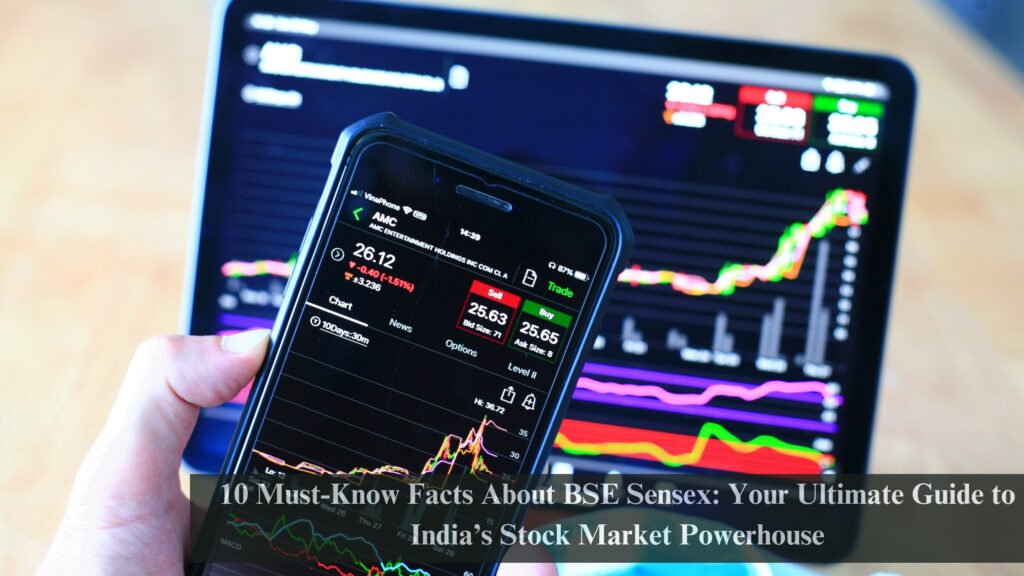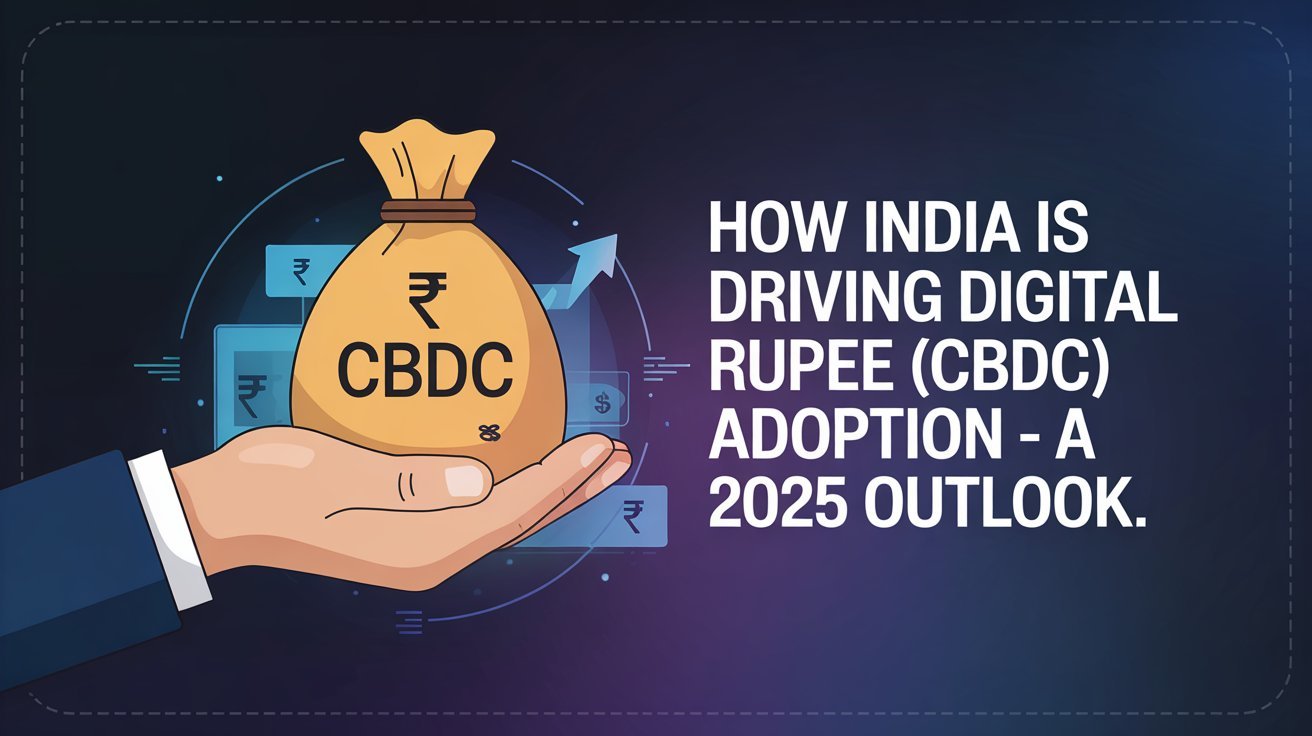The BSE Sensex, often referred to as the heartbeat of the Indian stock market, is one of the most widely tracked indices globally. Representing the performance of 30 of the largest and most financially sound companies listed on the Bombay Stock Exchange (BSE), it serves as a barometer of India’s economic health. Whether you’re a seasoned investor or a beginner, understanding this index is crucial for making informed financial decisions.

In this comprehensive guide, we’ll explore everything you need to know about the BSE Sensex, from its history and calculation methodology to its significance and impact on the Indian economy. We’ll also address common questions like “What drives the index?” and “How can you invest in instruments linked to it?” By the end, you’ll have a clear understanding of why this index is a cornerstone of India’s financial landscape.
What is the BSE Sensex?
The BSE Sensex, short for the Bombay Stock Exchange Sensitive Index, is a market-weighted index that tracks the performance of 30 well-established and financially stable companies listed on the BSE. These companies span various sectors, including banking, IT, healthcare, and energy, making it a diversified representation of the Indian economy.
Launched in 1986, it is one of the oldest stock market indices in India. It serves as a benchmark for investors to gauge market trends and make investment decisions.
History of the BSE Sensex
The BSE Sensex was introduced on January 1, 1986, by the Bombay Stock Exchange. It was designed to provide a benchmark for the Indian equity market and to reflect the overall market sentiment. Over the years, the index has evolved, incorporating changes in the economy and the stock market.
- 1986: The index was launched with a base value of 100.
- 1991: Economic liberalization led to a surge in the index.
- 2000s: The IT boom and globalization further boosted the index.
- 2020: Despite the COVID-19 pandemic, the index showed resilience and reached new highs.
How is the BSE Sensex Calculated?
The index is calculated using the free-float market capitalization method. Here’s a breakdown of the process:
- Free-Float Market Capitalization: Only the shares readily available for trading (free-float) are considered, excluding promoter holdings, government stakes, and other locked-in shares.
- Base Year and Value: The base year for the index is 1978-79, with a base value of 100.
- Formula:Sensex=(Total Free-Float Market CapitalizationBase Market Capitalization)×Base Index ValueSensex=(Base Market CapitalizationTotal Free-Float Market Capitalization)×Base Index Value
Key Features of the BSE Sensex
- Diversification: Represents 30 companies across multiple sectors.
- Real-Time Updates: The index is updated in real-time during market hours.
- Global Recognition: Widely tracked by international investors and analysts.
- Historical Significance: Reflects India’s economic growth over decades.
Why is the BSE Sensex Important?
This index is more than just a number; it’s a reflection of India’s economic health. Here’s why it matters:
- Economic Indicator: A rising index indicates investor confidence and economic growth, while a falling index may signal economic downturns.
- Investment Benchmark: Investors use it to compare the performance of their portfolios.
- Policy Impact: Government policies, corporate earnings, and global events influence the index, making it a key indicator of market sentiment.
Top 5 Factors Influencing the BSE Sensex
- Corporate Earnings: Strong financial results from index companies boost its value.
- Global Markets: International events like US Federal Reserve decisions or geopolitical tensions impact the index.
- Monetary Policy: RBI’s interest rate changes and liquidity measures affect market sentiment.
- Foreign Investments: Inflows and outflows of foreign institutional investments (FIIs) play a significant role.
- Domestic Policies: Government reforms, taxation, and infrastructure spending influence the index.
How to Invest in the BSE Sensex
Investing in this index is easier than you might think. Here are some popular methods:
- Index Funds: Mutual funds that replicate the index’s performance.
- Exchange-Traded Funds (ETFs): Trade ETFs linked to the index on the stock exchange.
- Futures and Options: Derivatives based on the index for advanced investors.
- Direct Stock Purchase: Buy shares of individual companies listed on the index.
BSE Sensex vs. NSE Nifty: Key Differences
| Parameter | BSE Sensex | NSE Nifty |
|---|---|---|
| Number of Stocks | 30 | 50 |
| Base Year | 1978-79 | 1995 |
| Base Value | 100 | 1000 |
| Exchange | Bombay Stock Exchange (BSE) | National Stock Exchange (NSE) |
| Calculation | Free-Float Market Capitalization | Free-Float Market Capitalization |
People Also Ask (PAA)
1. What is the full form of BSE Sensex?
The full form is the Bombay Stock Exchange Sensitive Index.
2. How often is the index updated?
It is updated in real-time during market hours (9:15 AM to 3:30 PM IST).
3. Can I invest directly in the index?
No, you cannot invest directly, but you can invest in index funds, ETFs, or derivatives that track its performance.
4. What are the top companies in the index?
Some of the top companies include Reliance Industries, HDFC Bank, Infosys, and TCS.
People Also Search For
- BSE Sensex live
- BSE Sensex history
- BSE Sensex companies list
- BSE Sensex today
- BSE Sensex chart
Conclusion
The BSE Sensex is more than just a number; it’s a reflection of India’s economic journey and a vital tool for investors. By understanding its history, calculation, and significance, you can make informed decisions and navigate the stock market with confidence.
Whether you’re looking to invest in instruments linked to the index or simply track market trends, it offers valuable insights into India’s financial landscape. Stay updated with the latest trends and make the most of your investment journey.
For more insights on business and economy, visit Chandigarhut’s Business and Economy Section or explore the Chandigarhut homepage for a wealth of information.














